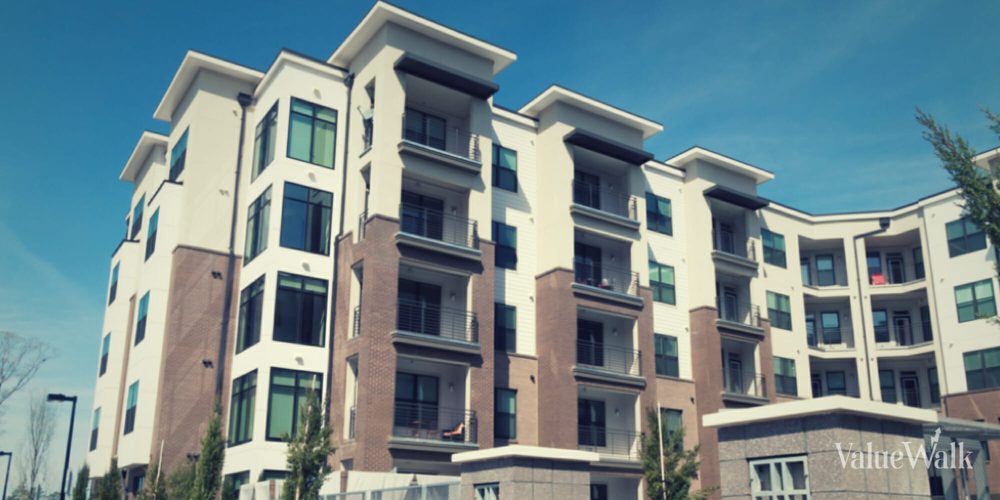Shelter costs, including rent costs, have risen higher than almost any other line item during this period of high inflation. On Wednesday, the Bureau of Labor Statistics released the Consumer Price Index (CPI) for May, and shelter costs remain elevated.
Shelter costs are described as rent payments on a primary residence, or an owners’ equivalent rent on their residence. Shelter costs increased 0.4% in each of the past four months and rose 0.6% in January.
Over the past 12 months, the CPI shelter index is up 5.4% through May, down a tick from April, when it was 5.5%, but still higher than any other line item except transportation services, which has risen 10.5%.
However, the National Rent Index produced by apartment-search firm Zumper shows that rents are not trending any lower in the U.S.
Rent costs surge in May
Zumper’s National Rent Index rose 1.2% in May for both one-bedroom and two-bedroom homes, with national median rents of $1,504 and $1,865, respectively. This is the first time since October 2022 that national rent growth rates as measured by Zumper’s index have been over 1%.
Zumper management point out that while the CPI is a lagging indicator that measures existing paid rents as part of its calculation, the National Rent Index is a leading indicator as it measures current asking rent prices. This suggests that rents could be trending back up.
“This notable rise in rent coupled with the current persisting inflation suggests that there will be even more pressure put on the CPI in the coming months, and rate cuts by the Fed may be pushed back further than previously anticipated,” said Zumper CEO Anthemos Georgiades.
The slightly better news is that on an annual, 12-month basis, rent for one-bedroom units did not increase, although rent for two-bedroom residences ticked up 0.5%. Nonetheless, a one-bedroom unit is now $287 more expensive than it was four years ago, while a two-bedroom home is $400 more expensive nationally.
Where rents are through the roof
It probably comes as no surprise that the highest rents in the country are in New York City, where the average one-bedroom unit goes for $4,200 per month and a two-bedroom home averages $4,730. Those rates are actually down from April, but they are still 11% and 18% higher than they were a year ago, respectively.
Jersey City ($3,330 one-bedroom; $3,750 two-bedroom) was in second place, followed by San Francisco ($2,950; $3,950), Boston ($2,830; $3,500) and Miami ($2,770; $3,690).
The two places where rents are surging the fastest are Syracuse, N.Y. and Columbus, Ohio. In Syracuse, one-bedroom rents were up 6.4% in May to $1,170 and 28.6% since May 2023. In Columbus, they rose 3.3% on the month and 22.5% year over year.
Where rents are falling
Notably, most of the major California cities have seen one-bedroom rents go down over the past year, with Oakland down 9.1%. Sacramento falling 8.1%, Los Angeles dropping 5%, San Jose declining 2.3%, San Francisco off 1.7%, and San Diego down 1.3%.
Two of the biggest decliners in May were Cleveland, Ohio, which was 6.3% lower at $1,200 for a one-bedroom unit, and Glendale, Ariz., which was 4.1% lower at $1,180.
The cheapest rents in the nation’s cities are in Wichita, Kans., where it costs $700 for a one-bedroom and $900 for a two-bedroom unit.
Akron, Ohio is next at $740 for a one-bedroom and $900 for a two-bedroom unit, followed by Shreveport, La. ($830; $890), Oklahoma City ($900; $1,100) and Winston-Salem, N.C. ($930; $1,170).

















